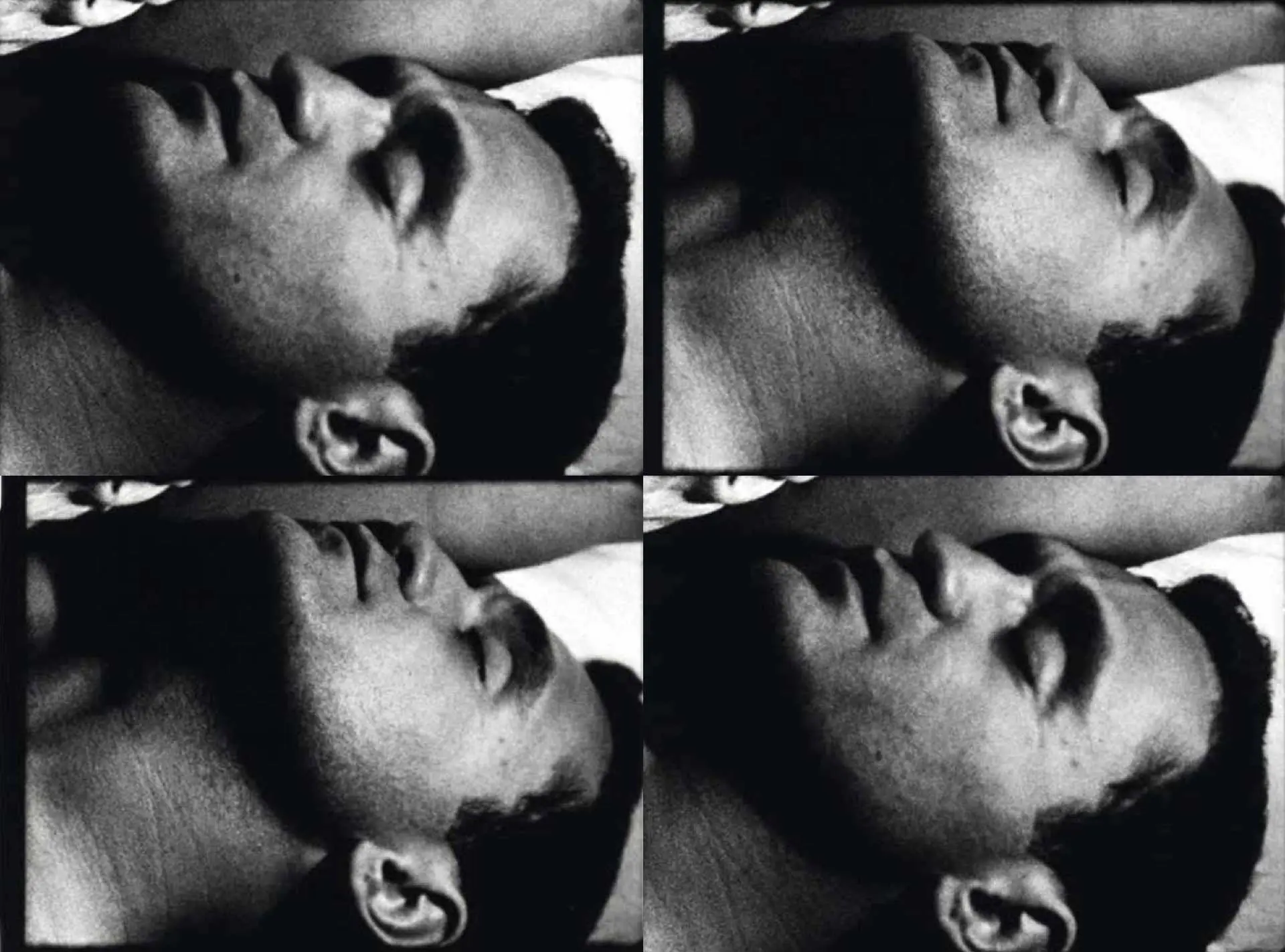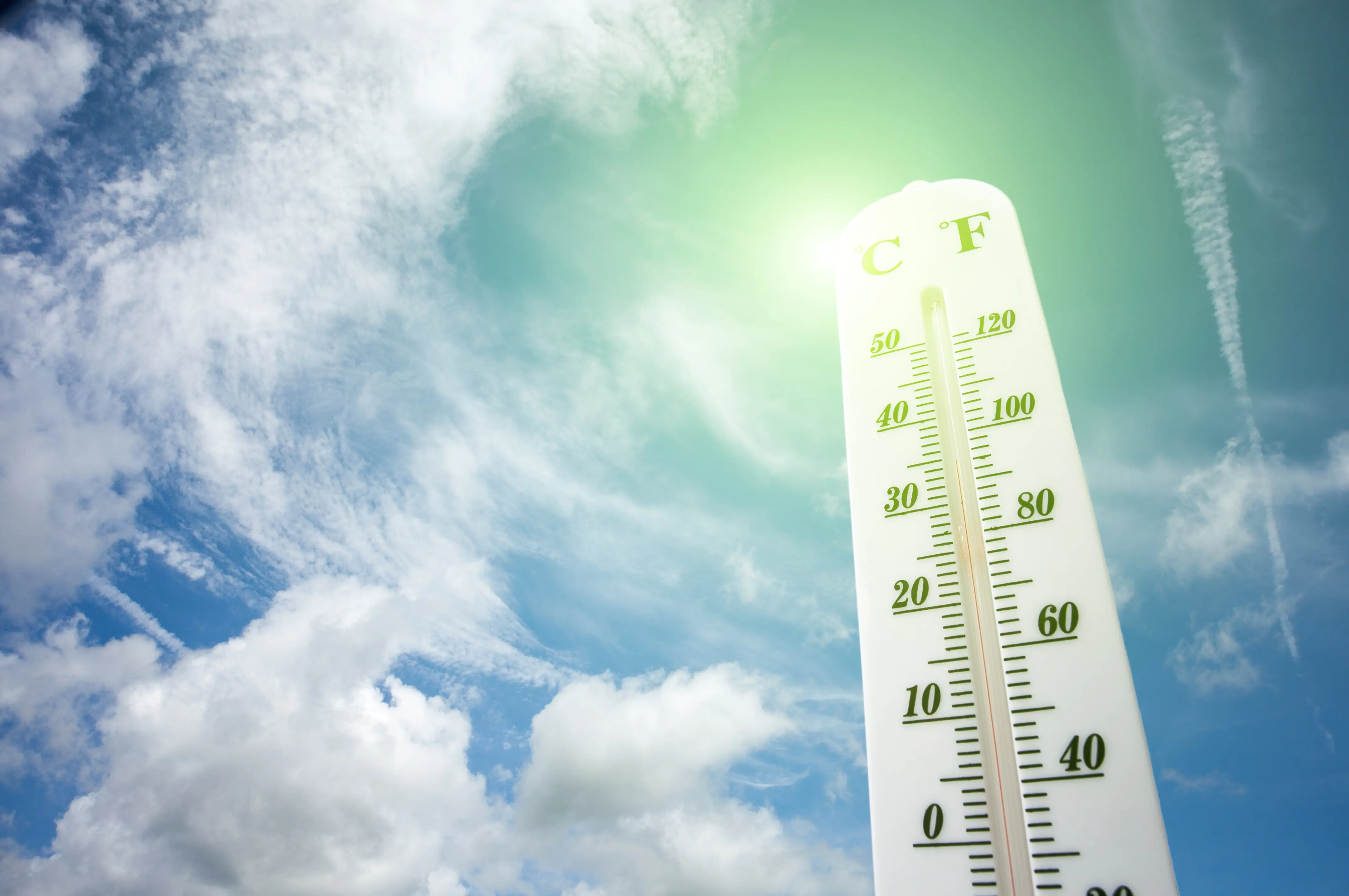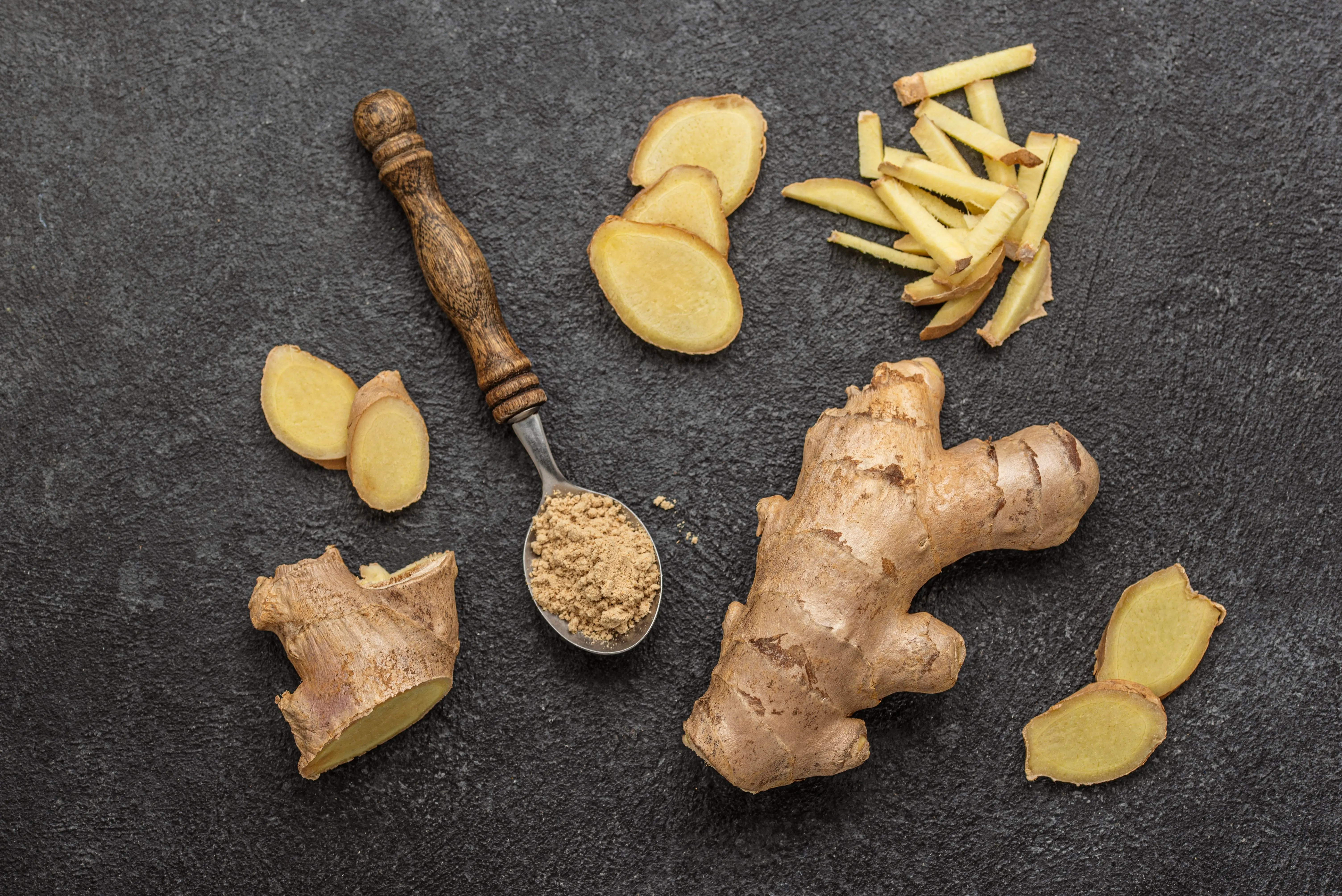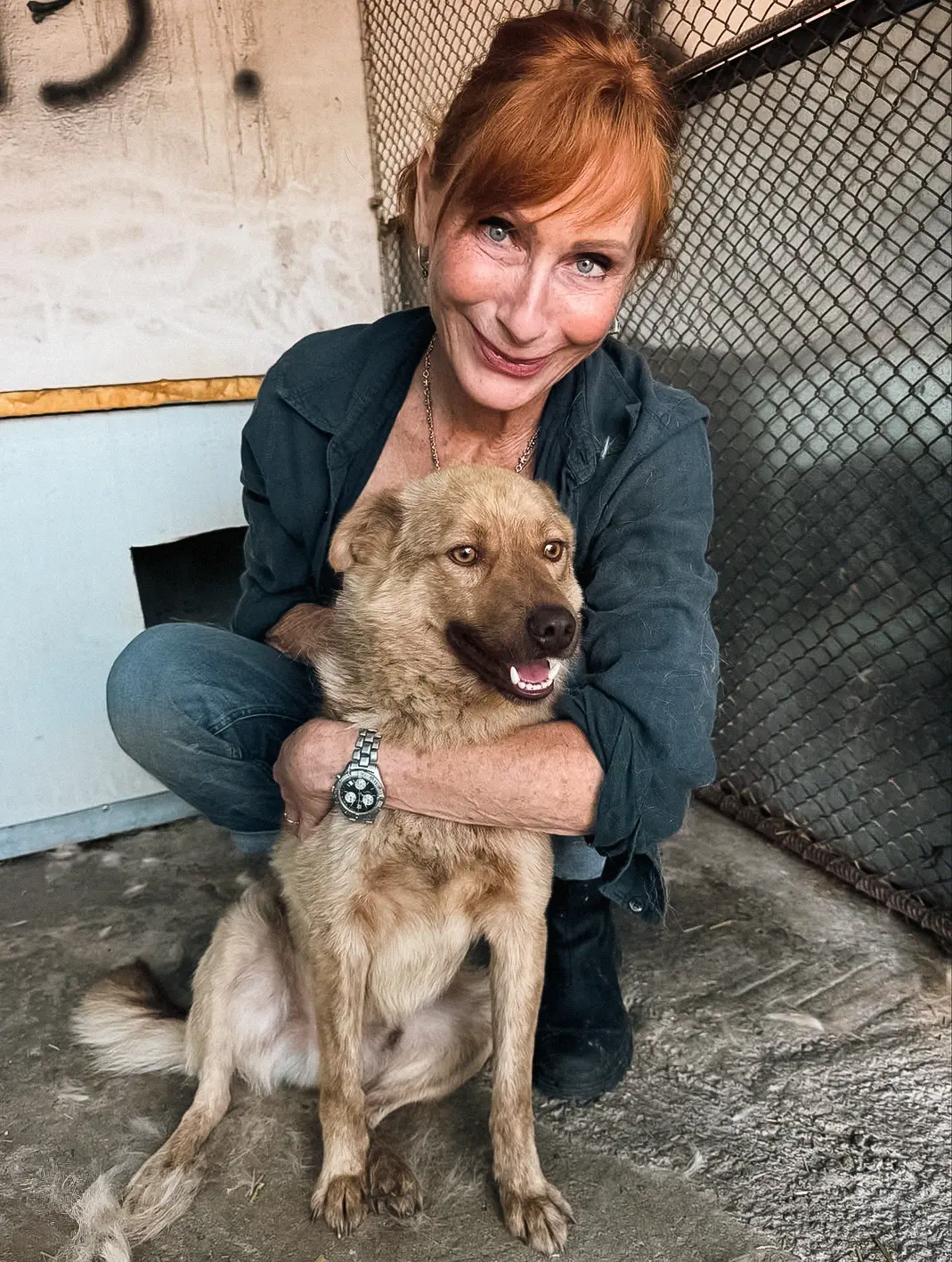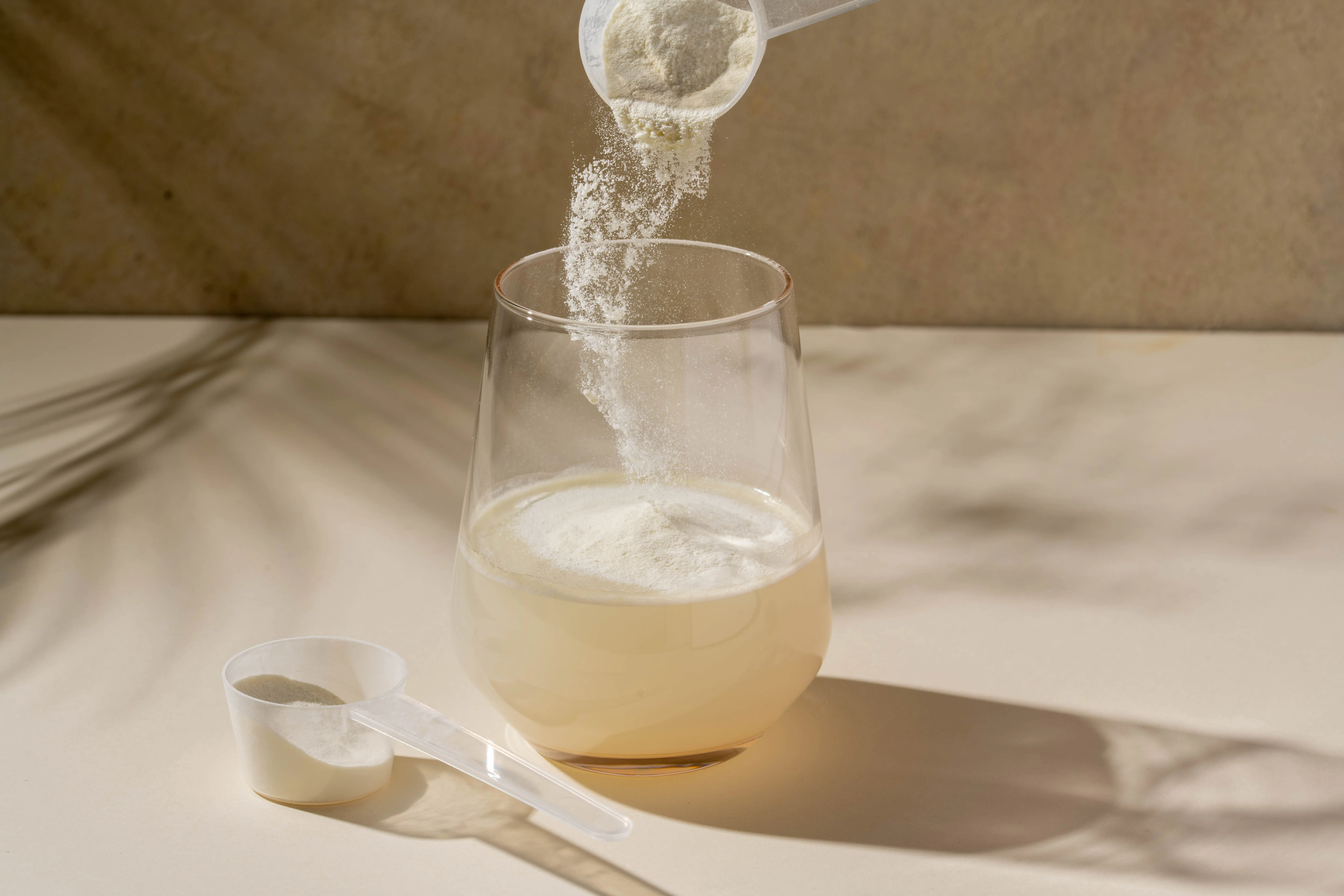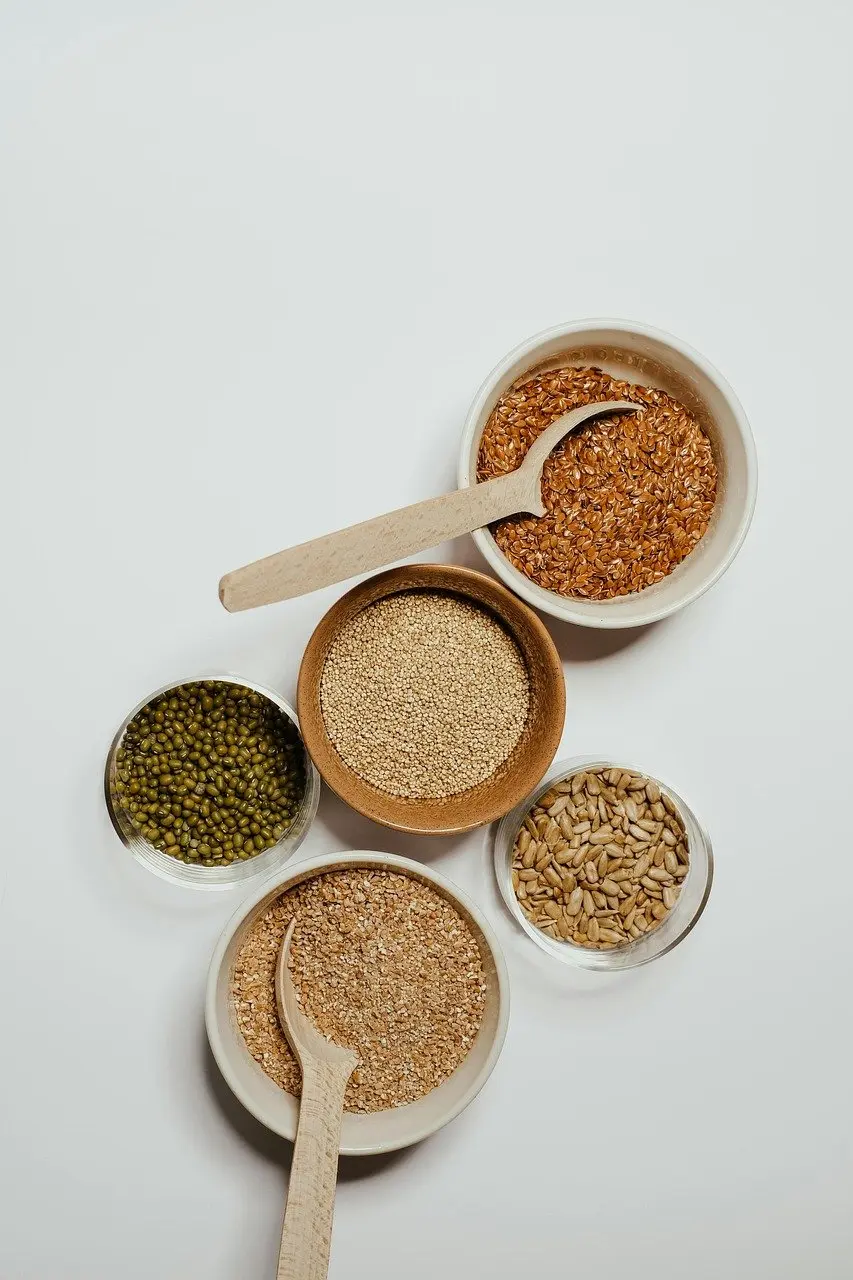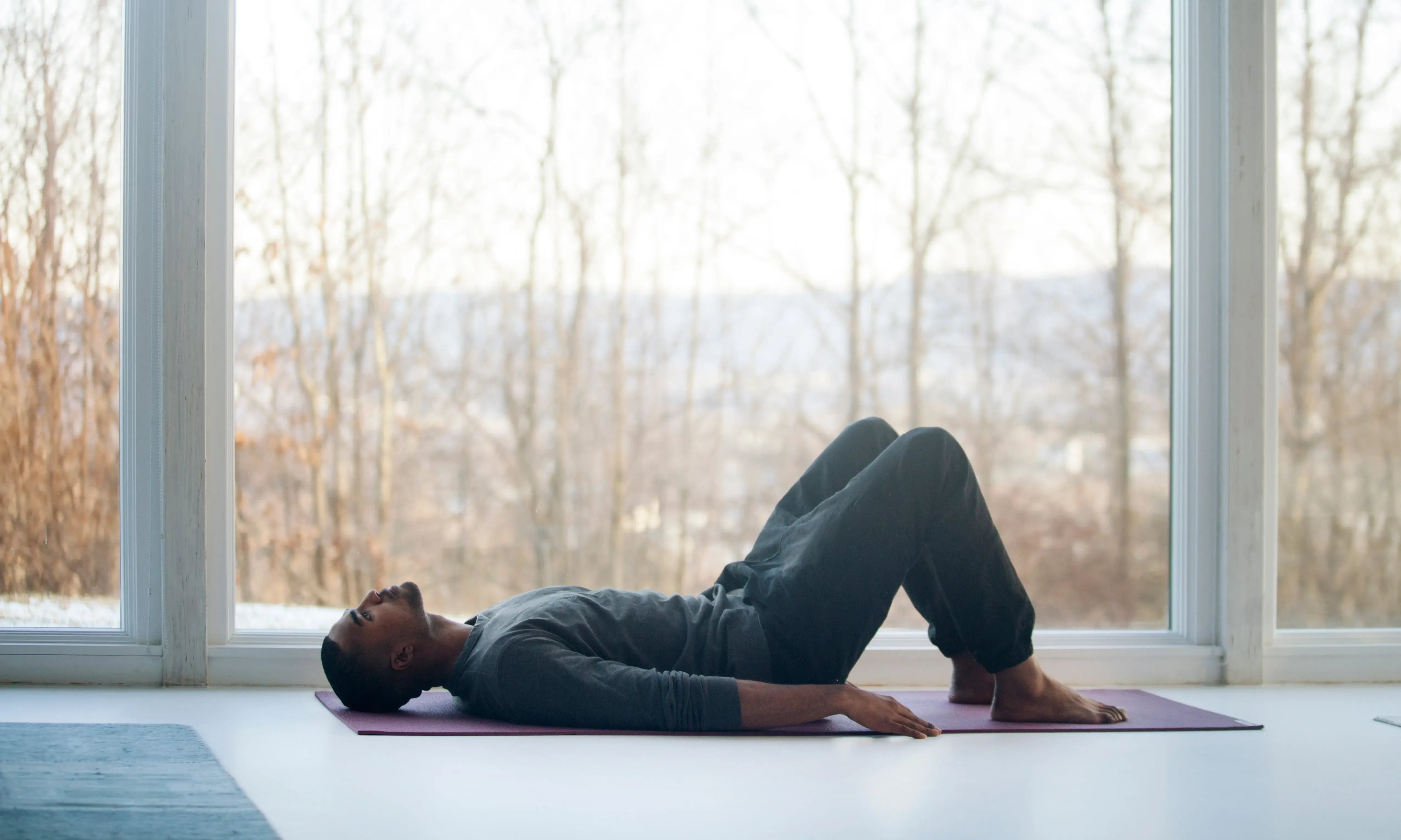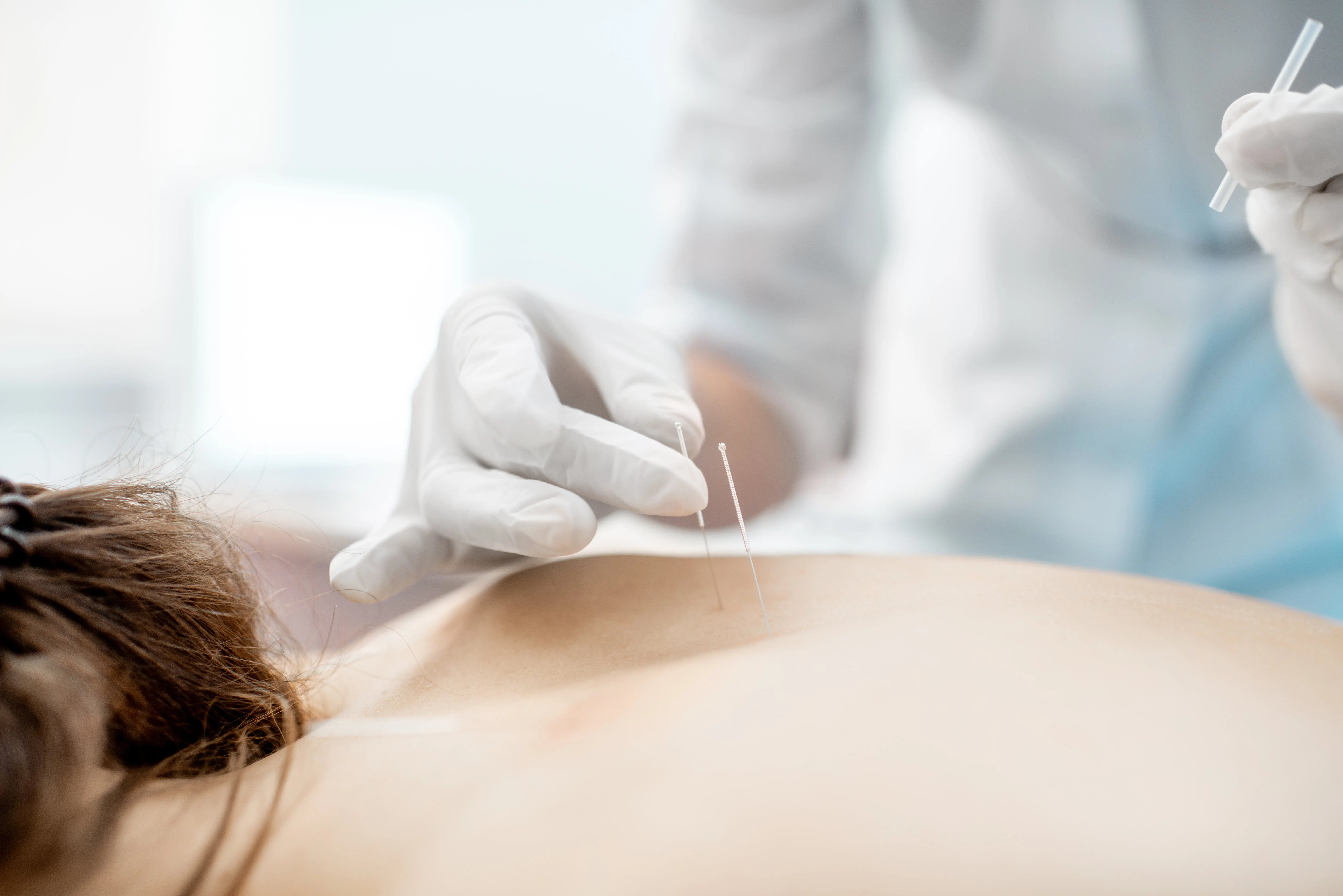"Actually, humans are naturally designed to breathe through the nose."
Why you shouldn't breathe through your mouth
Nose or mouth? As strange as it may sound, this question about our preferred organ for breathing is not. Nasal breathing is more essential than one might think. In fact, humans are naturally designed to breathe through the nose. This is vital for survival because it allows us to breathe and eat simultaneously without choking. Even newborns can regulate the temperature of the air entering their lungs through their noses – as the lungs do not favor air that is too warm or too cold. Harmful particles and bacteria are also filtered out of the air by the cilia, preventing them from reaching the lungs. At the same time, the inhaled air is humidified.
Breathing more through the mouth often starts when, as a child, one cannot breathe well through the nose. This then sets off a chain of events that manifest impressively in many areas later in life. This affects not only the protection of the respiratory organs but also oral health: If you constantly breathe through your mouth, saliva production decreases, and teeth and gums become susceptible to bacteria. If the oral microbiome is destroyed, it leads to problems such as gingivitis, periodontitis, cavities, or bad breath.
Mouth breathing leads to fatigue, concentration weakness, reduced performance and mood swings – and even obesity
Physical and cognitive performance also suffers: Numerous studies show that habitual mouth breathing during waking and sleeping hours leads to fatigue, concentration weakness, reduced performance, and mood swings. And also to obesity. Everything from minor limitations to massive health problems is possible. "The only occasion to temporarily forego natural nasal breathing and breathe through the mouth should be when you have to exert yourself and need to get more air into your lungs faster, or when the nasal passages are blocked due to congestion, allergies, or a cold," says Augsburg dentist Dr. Christian Leonhardt. That they might be in the right place on the topic of proper breathing with the dentist is probably new to most of us.
